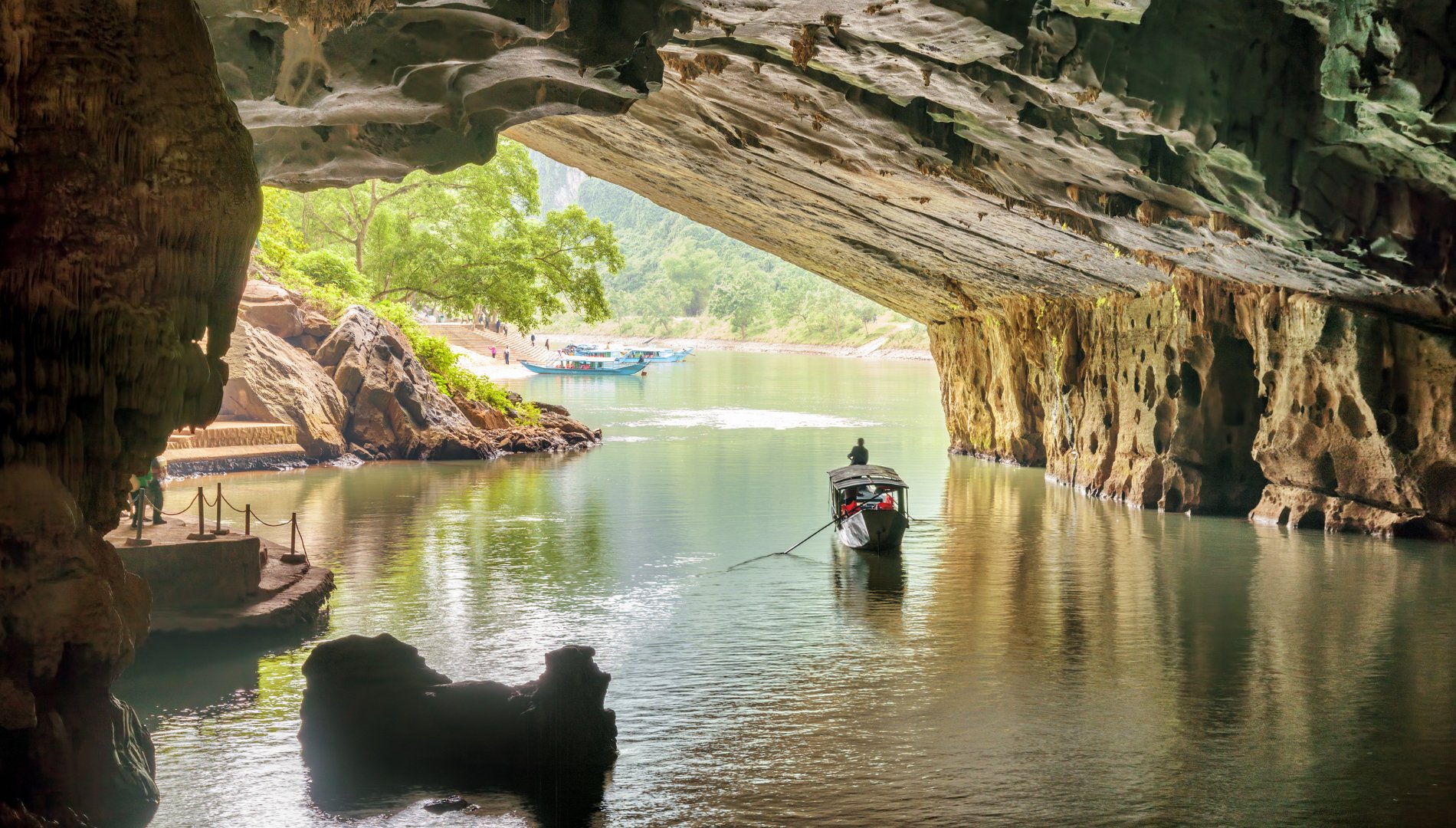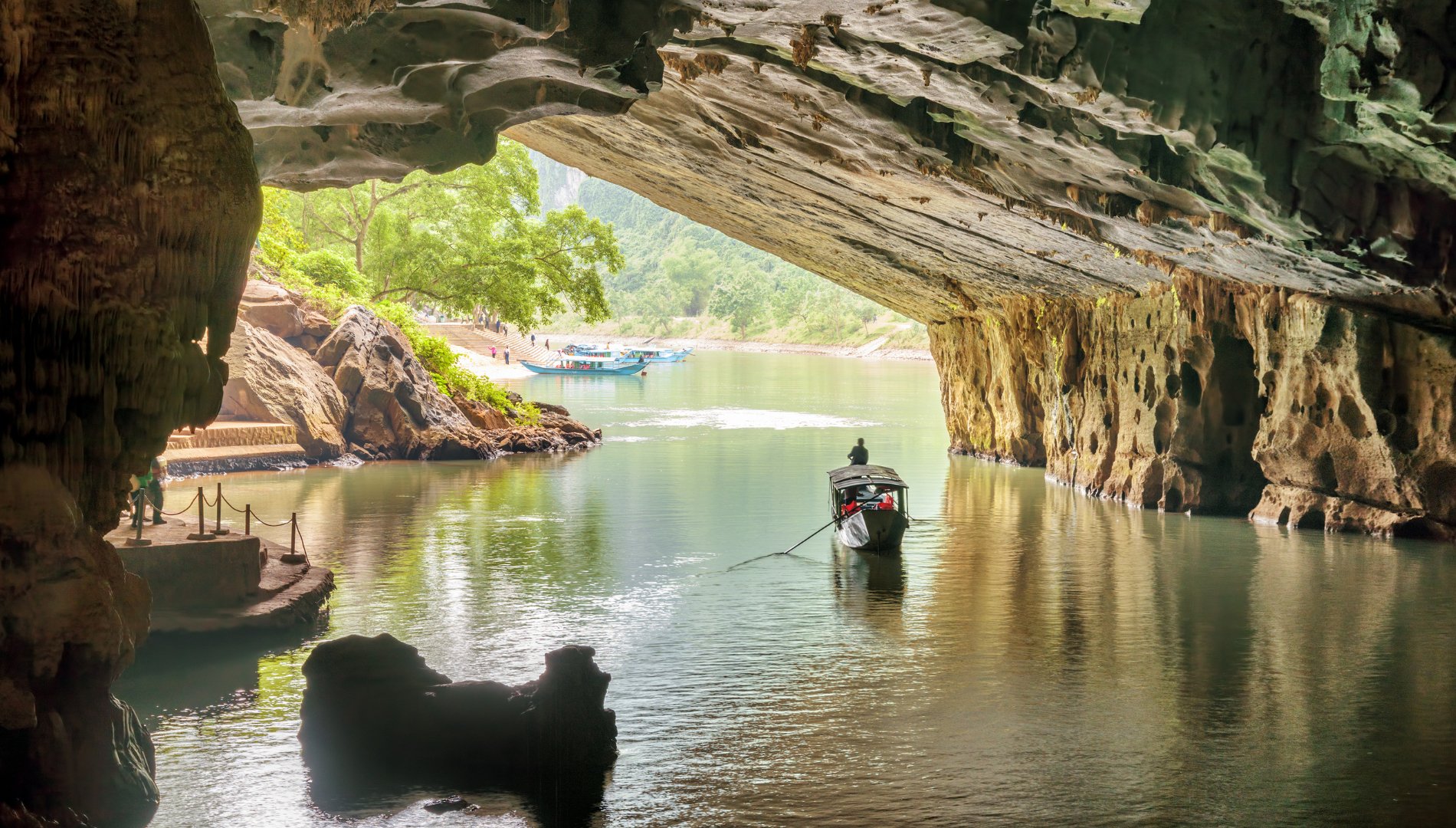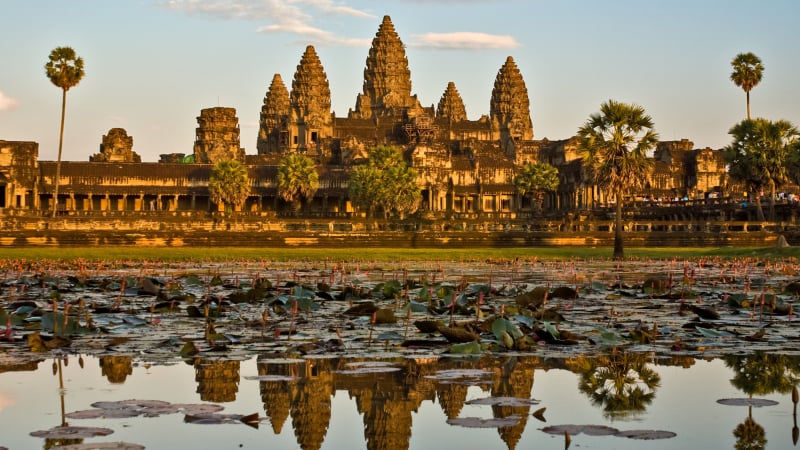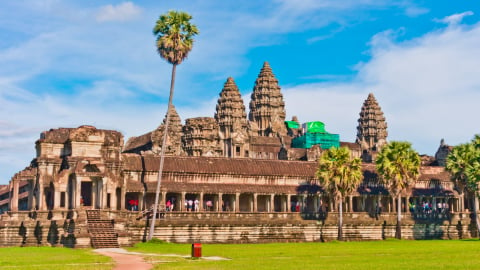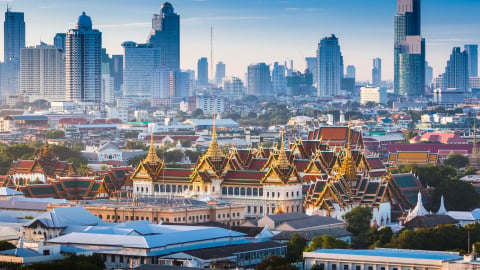Recently, at the 47th session of the World Heritage Committee held in Paris (France), UNESCO approved the decision to adjust the boundary of the World Natural Heritage Phong Nha - Ke Bang National Park, expanding it to the Hin Nam No National Park area (Kham Muon province, Laos). This historic decision marks the formation of the first cross-border World Heritage Site between two Southeast Asian countries, called "Phong Nha - Ke Bang National Park and Hin Nam No National Park".
According to the Department of Cultural Heritage (Ministry of Culture, Sports and Tourism of Vietnam), the expansion of this heritage boundary is based on the joint nomination dossier of the two countries, sent to UNESCO in February 2024. This is the result of many years of close cooperation between Vietnam and Laos in researching, preserving and promoting heritage values.
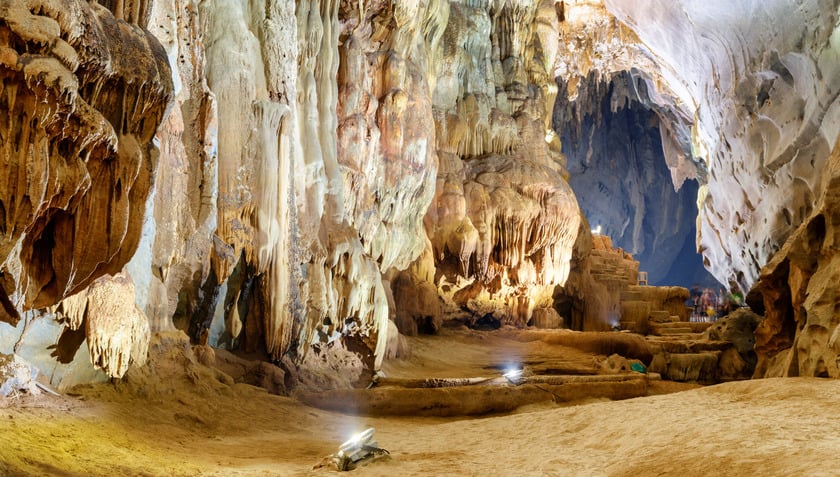
World Natural Heritage Phong Nha - Ke Bang National Park (Quang Tri Province, Vietnam) and Hin Nam No National Park (Kham Muon Province, Lao People's Democratic Republic) were recognized by UNESCO as World Heritage Sites with the names Phong Nha - Ke Bang National Park and Hin Nam No National Park.
Based on the assessment of the International Union for Conservation of Nature (IUCN) - UNESCO's advisory body, the common heritage site was recognized according to three outstanding criteria: geology - geomorphology (criterion viii), ecosystem (criterion ix) and biodiversity (criterion x)...
Phong Nha - Ke Bang National Park, recognized by UNESCO in 2003 and 2015, has a core area of 123,326 hectares and a buffer zone of 220,055 hectares. The connection with Hin Nam Nno National Park, which has an adjacent natural boundary, has created one of the most intact karst landscapes on the planet. Formed more than 400 million years ago, the area lies at the intersection of the Annam Mountains and the Central Indochina Limestone Belt, creating a massive cave system with a total length of more than 220 km, including Son Doong and Xe Bang Fai caves - the largest caves in the world.

Phong Nha - Ke Bang was recognized as a World Natural Heritage for the first time in 2003, and for the second time in 2015, with a core zone of more than 123,000 hectares and a buffer zone of about 220,000 hectares.
The expanded nomination dossier, submitted by the two countries to UNESCO in February 2024, was carefully reviewed by the International Union for Conservation of Nature (IUCN) and approved at this session. The evaluation criteria focused on outstanding universal value in terms of geology, geomorphology, ecosystems and especially rich biodiversity.
Not only is this transboundary heritage site fascinating for its majestic caves, it is also a treasure trove of biodiversity. Its diverse ecosystems include dry karst forests, humid forests and underground cave ecosystems. In particular, Phong Nha - Ke Bang is home to more than 2,700 plant species and 800 vertebrate species, while Hin Nam Nno is equally rich with 1,500 plant species and 536 animal species. Many of these species are endemic and are at risk of being threatened, further confirming the importance of conserving this area.

Managing a transboundary heritage site requires close coordination, and Vietnam and Laos have demonstrated this commitment through many years of cooperation in protection and law enforcement activities. The Lao Minister of Culture expressed deep pride in this event and reaffirmed his determination to work closely with Vietnam to manage and protect the shared heritage.

The area shares a natural border with Laos' Hin Nam No National Park – one of Asia's oldest karst limestone regions, formed during the Paleozoic period more than 400 million years ago.
Associate Professor Dr. Le Thi Thu Hien, Director of the Department of Cultural Heritage, emphasized that this success is the result of close direction from the Government and smooth coordination between the two sides. In the future, Vietnam and Laos will continue to research, develop appropriate legal regulations, assess tourism capacity and jointly protect heritage from potential risks from climate change and human activities.
Also at this session, UNESCO listed the Yen Tu - Vinh Nghiem - Con Son and Kiep Bac Monuments and Landscape Complex of Vietnam as a World Heritage Site, once again affirming the unique cultural and historical values of the country.





